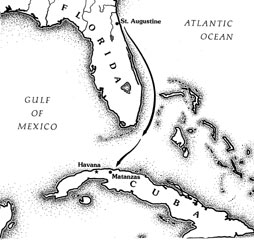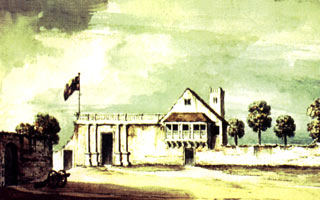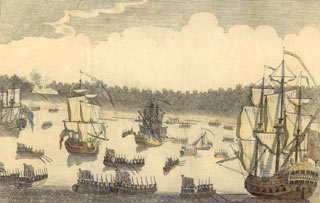When the first Spanish period ended in 1763, the incoming English authorities asserted that any Spaniards who remained in the colony under their rule could freely practice Catholicism. Nevertheless, only three or four people elected to remain in Florida, and a mass exodus took place in 1763 and 1764.
Most of St. Augustine’s residents went to Cuba, where they were given land to homestead in the vicinity of Matanzas. A small number went to Campeche, Mexico. St. Augustine’s residents packed up their personal and household goods to take with them, but their most valuable assets – their land and houses – had to remain.
Their hasty departure made it impossible for the Spaniards to sell their property before they left. Most of them placed their properties in the care of the respected and influential Elixio de la Puente.
Puente was unable to sell the properties during 1764, and remanded their titles (in a somewhat mysterious arrangement) to a longtime English resident of St. Augustine, Jesse Fish. Fish promised to sell the land at the highest market prices once new settlers arrived, but ended up owning much of the property himself, becoming wealthy in the process.
St. Augustine's Emigrès, 1763
| Class | Population |
|---|---|
| Soldiers and their families | 1,916 |
| Catalan fusileers and their families | 161 |
| Canary Island families | 425 |
| German Catholic families | 26 |
| Christian Indians | 89 |
| Free blacks | 23 |
| Free pardos (mulatos) | 76 |
| Enslaved blacks | 309 |
| Convict laborers | 38 |
| TOTAL | 3,063 |
Artifacts
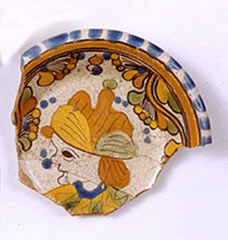
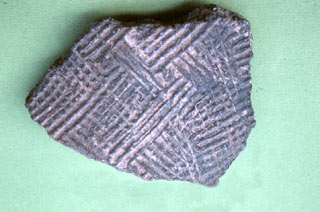
Images
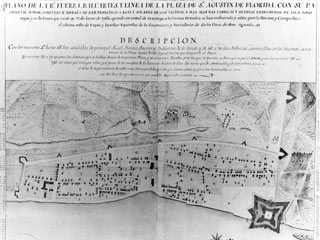
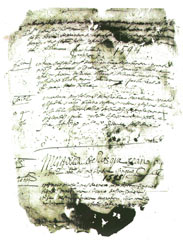
People
Jesse Fish

Few people in colonial Florida have caused so much speculative debate as Jesse Fish. Fish was born in 1724 or 1726 to an English merchant family in New York, who sent young Jesse at age ten or twelve to live in St. Augustine with a Spanish merchant family, the Herreras. He was to learn the language, customs and land of Florida, presumably to establish strong economic connections. This he did, eventually serving as a resident trade factor in St. Augustine for the powerful Walton trading firm of New York, and even running blockades during the Seven Years’ War (1756-1763) to bring meat and flour to St. Augustine. The Spanish residents at that time saw him as a savior. When Florida changed governments in 1763, Jesse Fish was one of the few who stayed in St. Augustine, and ended up holding much of the land in St. Augustine through a poorly understood arrangement with Elixio de la Puente. He also acquired a large number of African slaves during the last years of Spanish rule, perhaps speculating that the soon-to-arrive British settlers would need laborers as well as land. Between 1752 and 1763, 204 enslaved Africans were brought to St. Augustine. Jesse Fish was listed as the owner of 66% of them (133), and the rest by other British merchants. Only 2 of the 204 were brought by Spaniards. (Landers 1999:269-74)
Manuel Riso
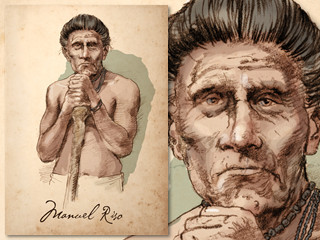
Manuel Riso was a Timucua Indian born in 1662. He was listed as living alone in one of the 11 households at Nombre de Dios in 1759, and at the age of 94, was one of two Timucua speakers who emigrated to Cuba with the Spanish exodus of 1763. Probably no other person in Florida had seen as much change, destruction and growth as Manuel had when he left for Cuba.
